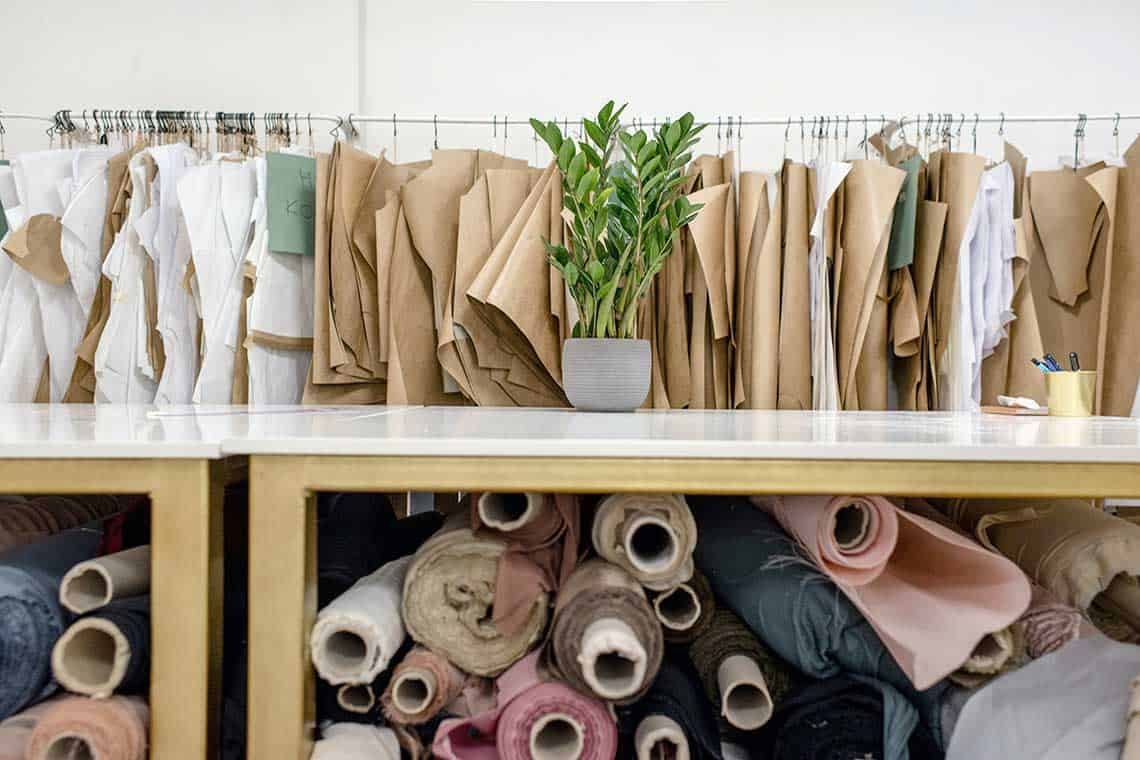

Navigating the Future – Sustainable Fashion Sourcing Trends in the Textile and Apparel Industry
Executive Summary:
The textile and apparel industry is undergoing a transformative shift towards sustainability, driven by consumer awareness and environmental concerns. This case study examines the emerging trends in sustainable fashion sourcing, exploring how key players, including manufacturers and designers, are adapting to meet the growing demand for eco-friendly and socially responsible practices.
Introduction:
As global awareness of environmental issues continues to rise, the textile and apparel industry is facing increased scrutiny regarding its environmental and social impact. This case study focuses on the evolving landscape of sustainable fashion sourcing, analyzing key trends that are reshaping the industry and influencing decision-makers to embrace more responsible practices.
Key Trends in Sustainable Fashion Sourcing:
- Circular Economy Practices:
Manufacturers and designers are adopting circular economy principles, emphasizing recycling, upcycling, and the use of renewable materials to minimize waste and extend the lifespan of products.
- Ethical and Transparent Supply Chains:
There is a growing emphasis on ethical sourcing and transparency throughout the supply chain. Consumers demand visibility into the production processes, from raw material extraction to the final product, to ensure fair labor practices and minimize environmental impact.
- Innovation in Sustainable Materials:
The industry is witnessing a surge in the development and utilization of sustainable materials, such as organic cotton, recycled polyester, and innovative plant-based fabrics. This trend is driven by the desire to reduce reliance on traditional, resource-intensive materials.
- Local and Regenerative Sourcing:
Brands are increasingly exploring local and regenerative sourcing options to reduce the carbon footprint associated with transportation and support local economies. Regenerative agriculture practices aim to restore ecosystems and soil health.
- Digitization for Traceability:
The adoption of digital technologies, including blockchain and RFID, is gaining traction to enhance traceability in the supply chain. This ensures that consumers can trace the origins of their garments and verify the authenticity of sustainable claims.
Industry Responses and Case Studies:
- Patagonia – Embracing Responsibility:
Outdoor clothing company Patagonia has been a trailblazer in sustainable fashion. The brand focuses on recycled materials, fair labor practices, and repairability, encouraging customers to repair their garments rather than discard them.
- H&M Conscious Collection – Mainstreaming Sustainability:
Fast fashion giant H&M has introduced its Conscious Collection, featuring clothing made from sustainable materials. This initiative represents a shift towards more sustainable practices in a traditionally fast-paced industry.

Challenges and Opportunities:
Supply Chain Complexity:
The complexity of global supply chains poses challenges in ensuring the traceability and sustainability of every component. Brands need to invest in technologies that enhance transparency and accountability.
Consumer Education:
While consumer demand for sustainable fashion is growing, there is a need for continued education to empower consumers to make informed choices and understand the broader impact of their purchasing decisions.
Conclusion:
Sustainable fashion sourcingis no longer a niche trend; it is a fundamental shift reshaping the textile and apparel industry. Brands that embrace eco-friendly and socially responsible practices are not only meeting consumer expectations but are also positioning themselves as leaders in a market where sustainability is increasingly a key differentiator. As the industry continues to evolve, the case of sustainable fashion sourcing serves as a roadmap for creating a more ethical, environmentally conscious, and resilient future for fashion.












